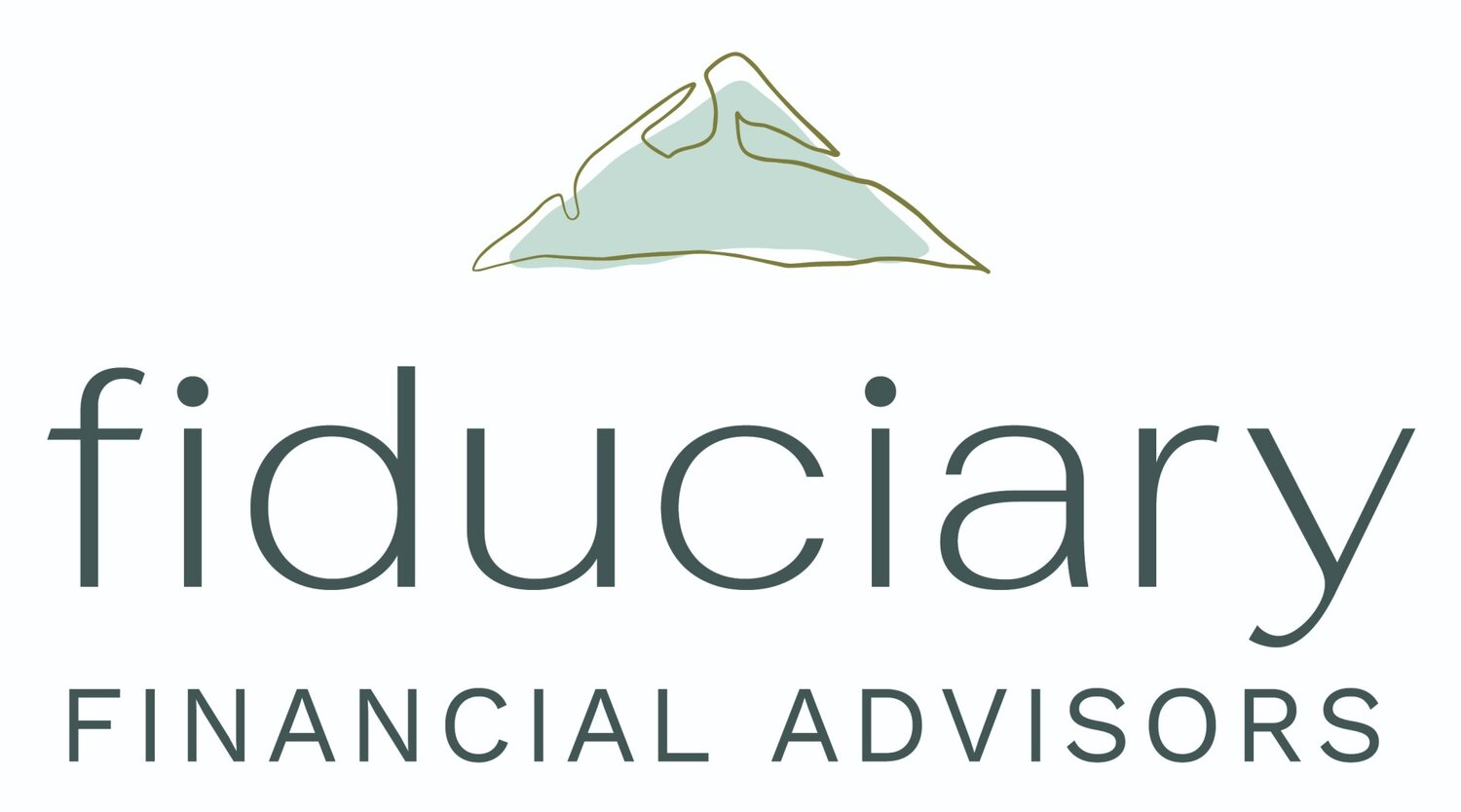Business Succession: Strategies for Leaving a Business to Family
/Transferring a business to family members is more than just a financial decision, it’s a deeply personal one. Your business represents years, if not decades, of hard work, sacrifice, and dedication. It’s a legacy that you want to see thrive for generations to come. However, without proper planning, a transition can create unnecessary tax burdens, financial strain, and even family disputes. Understanding the available strategies ensures that your business remains a source of security, not stress, for your loved ones.
Successfully passing down a business requires a plan that aligns with your financial goals, tax considerations, and family dynamics. Some strategies allow you to retain control and income for years, while others enable an immediate transition. Additionally, post-mortem planning can safeguard your family’s financial future if the unexpected happens. Below are some key strategies for business succession, including their tax implications, income opportunities, and control dynamics, helping you choose the best path forward.
Family Limited Partnership (FLP)
A Family Limited Partnership (FLP) allows a business owner to transfer ownership gradually while maintaining control. The owner retains decision-making authority as the general partner, while family members receive limited partnership interests over time. This structure not only protects the business from mismanagement but also creates an efficient method for reducing estate tax liability.
FLPs provide valuation discounts on transferred shares, lowering estate and gift tax exposure. However, income taxes depend on profit distributions and the entity’s structure. Beneficiaries inherit the owner’s original cost basis, which may result in capital gains taxes if they later sell the business. The owner can continue receiving income through management fees or partnership distributions, ensuring financial security while slowly transitioning ownership. While control remains intact initially, it gradually diminishes as more shares are transferred. This method works best when started 5–10 years before a full transition to maximize tax advantages.
Selling the Business to Family
Selling a business to family members provides liquidity for the owner while ensuring the company remains within the family. The sale can be structured through an installment plan, a promissory note, or a self-canceling installment note, which cancels any remaining payments if the seller passes away before full repayment.
This strategy spreads capital gains taxes over the life of the installment payments, easing the tax burden. Buyers may deduct interest payments on financed purchases, while SCINs can reduce estate tax liability when properly structured. However, IRS scrutiny requires careful compliance. The owner benefits from continued income through installment payments or an advisory role while stepping away from daily operations. Control is gradually transferred, allowing the next generation to gain experience under the seller’s guidance. Ideally, this strategy should be implemented 3–7 years before retirement for maximum flexibility.
Grantor Retained Annuity Trust (GRAT)
A Grantor Retained Annuity Trust (GRAT) allows the business owner to transfer ownership while receiving annuity payments for a predetermined period. Once the trust term ends, remaining assets pass to the beneficiaries with reduced tax liability, making this an effective wealth transfer tool.
GRATs minimize estate tax exposure when structured correctly. If the business appreciates in value, the excess growth transfers to beneficiaries tax-free. However, if the owner passes before the trust term ends, assets revert to the estate, negating tax benefits. This strategy provides an income stream during the annuity period, ensuring financial stability. Control diminishes over time, as the owner must fully relinquish business ownership at the end of the trust term. Best results are achieved when implemented at least five years before the intended transition.
Equipment Leaseback: a Passive Income Strategy
Instead of retaining key business assets, the owner transfers ownership of business equipment to the next generation and then leases those assets back from them. This allows the family member to receive passive rental income while the owner maintains operational use of critical resources.
Lease payments offer a predictable and taxable income stream to the beneficiary while helping reduce the overall estate value for the original owner, reducing estate and gift tax exposure. For the business, the lease payments are deductible, increasing tax efficiency. The owner creates a passive income stream for the next generation while maintaining business continuity. Control over asset use remains functionally with the original owner through lease terms, but legal ownership, and thus long-term strategic control, shifts to the heir. This strategy can be set up at any time but is most beneficial when coordinated well in advance of retirement or sale.
Post-Mortem Planning Strategies
Even with a solid succession plan, post-mortem strategies ensure heirs can manage taxes and business operations effectively after the owner’s passing. Without proper planning, heirs may be forced to sell the business to cover estate taxes, disrupting the legacy you worked so hard to build.
Section 6166 estate tax deferral allows heirs to defer estate taxes on a closely held business for up to 14 years, preserving liquidity. A Qualified Terminable Interest Property (QTIP) Trust ensures a surviving spouse receives income while ultimately passing business ownership to designated heirs. Buy-sell agreements establish clear terms for ownership transfers, reducing potential disputes. Additionally, a stepped-up basis adjustment allows heirs to inherit business interests at fair market value, minimizing capital gains taxes upon sale. These strategies help prevent forced sales and ensure continuity, keeping the business intact for future generations.
Choosing the Right Strategy
Each business succession strategy offers unique benefits depending on the owner’s goals for control, income, and tax efficiency. Whether transitioning gradually through an FLP, structuring an installment sale, leveraging a GRAT, or ensuring post-mortem tax efficiency, proper planning is essential. With expertise in tax and legacy planning, I help business owners craft a succession plan that protects both their business and their family’s financial future.
Business succession is one of the most complex areas of financial planning, and these strategies are just a handful of possibilities. Every business owner’s situation is unique, and the right solution depends on personal financial goals, family dynamics, and tax considerations. To ensure a seamless transition that protects both your wealth and your legacy, schedule a time with me to create a tailored succession plan that works best for you and your family.
Recent Articles Written By Andrew:
Recent Publications Featuring Andrew:
Podcasts Featuring Andrew:
Fiduciary Financial Advisors, LLC is a registered investment adviser and does not give legal or tax advice. Information presented is for educational purposes only and does not intend to make an offer or solicitation for the sale or purchase of any securities. The information contained herein has been obtained from a third-party source which is believed to be reliable but is subject to correction for error. Investments involve risk and are not guaranteed. Past performance is not a guarantee or representation of future results.
Fiduciary Financial Advisors does not give legal or tax advice. The information contained does not constitute a solicitation or offer to buy or sell any security and does not purport to be a complete statement of all material facts relating to the strategies and services mentioned.

















A cash balance plan helps business owners save more for retirement while lowering taxes. With higher contribution limits than a 401(k) and tax-deferred growth, these plans offer major financial advantages. Employers fund the plan, providing stable benefits for employees. While they require annual contributions and administration, the tax savings and wealth-building potential make them a smart choice for high-income professionals.